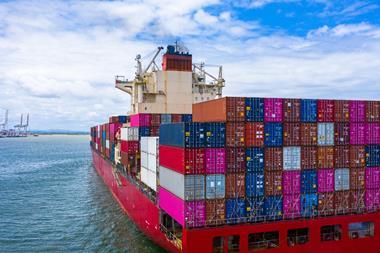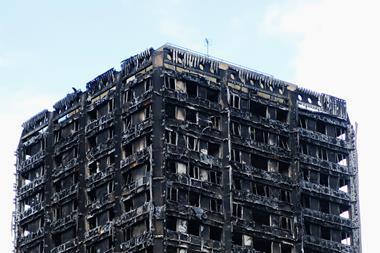With modern applications of lithium-ion batteries relatively new, we’re just beginning to understand the implications of thermal runaway
Professional services, retail properties and educational institutions are among the commercial property owners assessing uninterruptible and sustainable power supplies. These are viewed as a way to help balance increasing power demand with carbon neutral targets.
Lithium-ion batteries provide more power with higher performance levels and better cost efficiency. They are gaining popularity in line with the uptake of solar technology to store energy and reduce carbon footprints.
Understanding thermal runaway
For all their advantages, they do create new and dangerous risks that need to be managed carefully. Even a single battery cell failure can lead to an event known as ‘thermal runaway.
We’ve known about the risk of thermal runaway on lithium-ion batteries for decades. But modern applications are relatively new, which means we’re still understanding the implications.
Cascading thermal runaway takes place when an initiating cell overheats due to an internal short circuit and catches fire. This overheats the cells adjacent to it and the fire continues to grow.
When battery cells are packed closely together, there’s little chance of saving the battery or even the rack where it is located. And when a battery fire like this begins, it can continue to burn for multiple days having a devastating impact on the surrounding environment.
FM Global carried out testing to understand the behaviour of a fire in a full-scale battery system and the effectiveness of sprinklers in controlling a simulated thermal runaway. These fires release a lot of heat – as well as toxic smoke and chemicals – making them difficult to control. Even with a sprinkler system, we couldn’t extinguish the fire. As an exothermic reaction – water doesn’t work as well as it does on conventional fires.
The real purpose of sprinkler systems in this case is to protect equipment around the batteries. Suppressing the fire as much as possible stops it from reaching surrounding equipment, especially anything else that could burn and cause widespread property damage.
But even modern, automatic sprinkler systems aren’t designed to run forever. They are typically equipped with a water tank lasting up to two hours. When faced with a thermal runaway fire that could burn for much longer than that, there continues to be a risk that the fire could reignite and propagate further.
Planned containment
To limit the scale of a fire, businesses need to make commercial decisions at the planning stage regarding how the cells are arranged. If a fire happens, you want to make sure that its impact is as small as possible.
FM Global’s standards are all based around compartmentalisation. Preventing widespread damage due to thermal runaway means banks of batteries must not be close together – they need firebreaks or firewalls and if installed inside buildings, fire protection is also required.
Dividing the batteries into small enough power banks also means that the fire brigade has a chance to control any fires. And while space separations or firewalls might not stop a fire, they can prevent the likelihood of fires from cascading.
Ensuring that loss prevention is front-of-mind from the start is the most cost-effective strategy. Retrofitting or redesigning protection measures is difficult once everything is installed, so upfront design of the battery banks is very important.
Our ongoing testing and understanding of the risk of battery fires and thermal runaway demonstrate the importance of adopting high standards in design and protection for companies that are looking to implement more powerful, energy-saving technology.
As battery units reach mass-adoption, we are working with our customers to ensure they have built adequate precautions and safeguards in place. After all, prevention is better than cure.
Paul May is Operations Engineering Manager, FM Global




















No comments yet